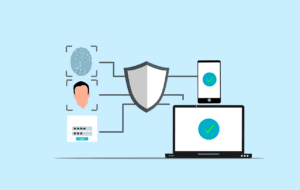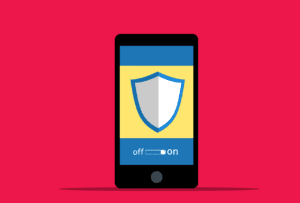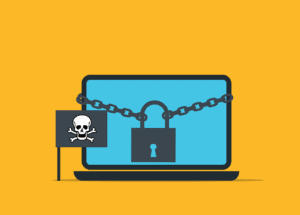Encryption is a method of securing information. It converts readable data into secret code. Only the right key can decode it. This guide will help you understand different encryption methods.
What is Encryption?
Encryption is like a secret language. It converts regular text into unreadable text. This unreadable text is called ciphertext. Only people who have the right key will be able to convert it into normal text, called plaintext.
Why Do We Use Encryption?
We use encryption to keep our information safe. It makes our data safe from hackers. This is very important for privacy and security.
How Does Encryption Work?
Encryption uses algorithms and keys. An algorithm is a set of rules for solving problems. A key is somewhat like a password that unlocks the secret message.
Symmetric vs Asymmetric Encryption
There are two main types of encryption: symmetric and asymmetric.
Symmetric encryption uses the same key for encryption and decryption. The same key is shared between the sender and receiver. It’s fast but less secure when the key is shared.
Asymmetric encryption uses two keys: a public key and a private key. A public key can encrypt a message, while a private key can decrypt it. It’s more secure since only the private key unlocks the message.
What Are Some Common Encryption Methods?
There are numerous encryption methods in use today. Here are some of the most common ones:
AES (Advanced Encryption Standard)
AES is one of the most secure forms of encryption. It is symmetric encryption. AES can have 128, 192, or 256-bit keys. The longer the key, the harder it is to break.
RSA (Rivest-Shamir-Adleman)
RSA is an asymmetric encryption method. It uses two keys: a public and a private key. RSA is widely used for secure data transmission.
DES (Data Encryption Standard)
DES was once a popular symmetric encryption method. It uses a 56-bit key, which is now considered weak. DES has mostly been replaced by AES.
ECC (Elliptic Curve Cryptography)
ECC is an asymmetric technique that offers better security and more compact key sizes. It is efficient and widely adopted in various mobile gadgets.
How Do We Use Encryption in Everyday Life?
Encryption plays a major role in our daily life routines.
Online Shopping
When you purchase online, your payment information is encrypted. This protects your credit card information against hackers.
Messaging Apps
Apps like WhatsApp use encryption to keep your messages private. Only you and the person you are chatting with can read them.
Email Security
Many email services use encryption to protect your emails from being read by others.
What Are the Challenges of Encryption?
Encryption has many benefits, but it also faces challenges.
Key Management
Managing keys securely is a challenge. If some person loses their key, they probably will lose their data.
Performance Issues
Encryption could slow down the systems since it needs processing power for encryption and decryption.
How Can You Stay Safe with Encryption?
You can take some steps to securely use encryption.
Use Strong Passwords
Always use strong passwords for accounts and devices. That will make hacking difficult as it will take time to access.
Keep Software Up-to-Date
Regularly update your software to protect against security vulnerabilities in software.
Use Caution with Public Wi-Fi
If you need to use public Wi-Fi, avoid sensitive transactions unless you can encrypt your internet connection using a VPN.
Ready to Secure Your Data?
Encryption helps protect your personal information from threats. Understanding different methods can help you choose the right one for your needs.
If you want more information or need help securing your data, contact us today!
—
This Article has been Republished with Permission from The Technology Press.











